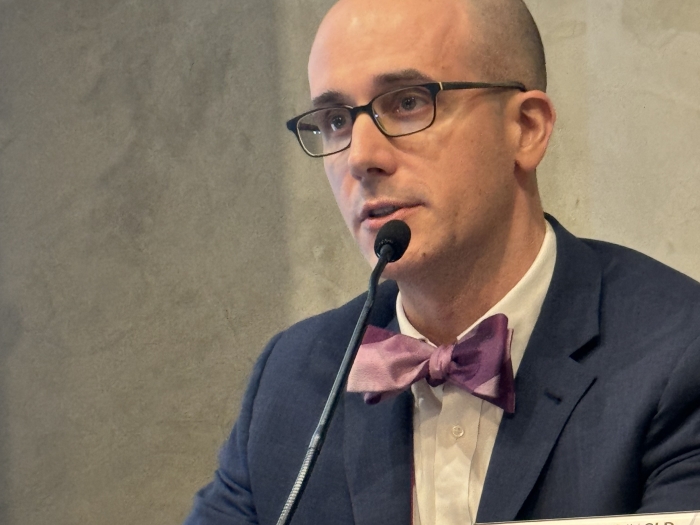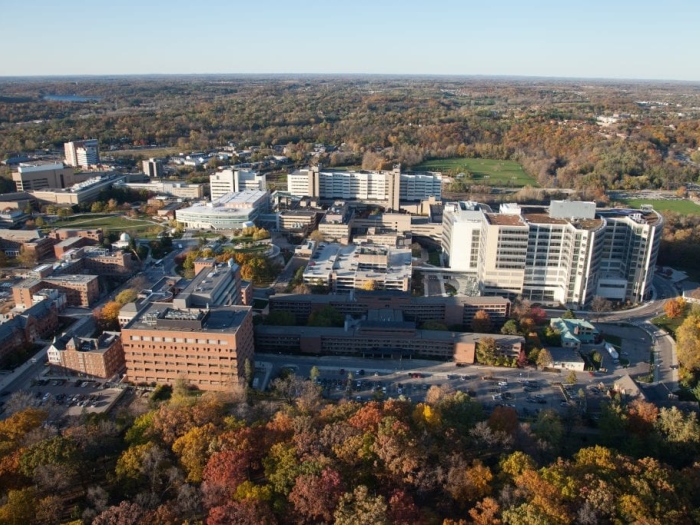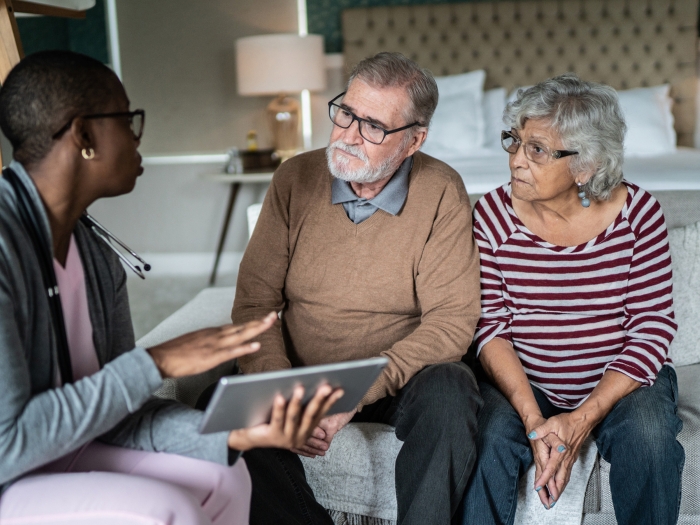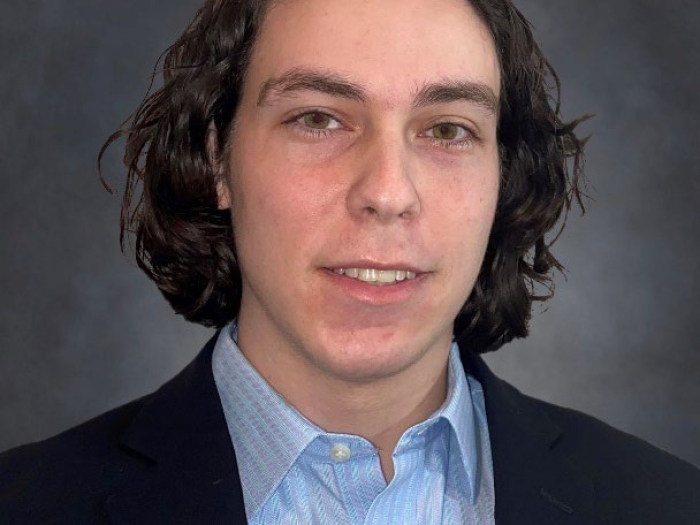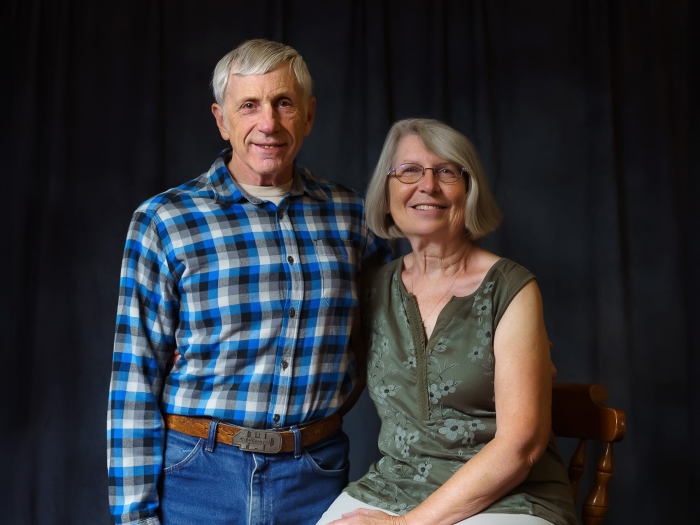Focusing so much of my energy on school, I have to admit that autumn sort of snuck up on me. But rolling down the winding roads leading out of Ann Arbor the other day gave me a moment to appreciate the scene surrounding me. All around, innumerable piles of of richly hued leaves peppered the earth. Elsewhere, others clung stubbornly to the trees despite the gentle breeze playing across the branches. There was a slight chill in the air but not enough to be unpleasant. Everything, it seemed, was in transition.
As we rode further, the familiar crush of resturants and tidy residential areas gave way to the openness of the freeway. On our way to Detroit, the four of us chatted idly as we went along. After spending most of the morning in cardio lecture, my brain and mind welcomed the current change of pace. For one evening at least, I could take my mind off of the review work and lab prep I had to do when I got back home (the next day my team was dissecting the superior mediastinum and lungs and I wasn't comfortable enough with the material yet). I decided that all of it would just have to wait a few hours.
The Health Equity Scholars Program is new to the University this year. Since the program is in it's pilot year, the program was kept small. Only 10 of us comprise the inaugural cohort. The goal of the program is to facilitate our learning about and participation in health equity work. This is done primarily through monthly seminars featuring UM faculty and community leaders, site-visits to local community clinics and observation of effective programs, as well as through service work--the latter in which we were currently engaged. Today, we were returning for our second trip to the Youthville Community Center downtown. Here, we assist in a program centered on improving the eating and lifestyle habits of a group of local children from the city.
By the time we arrived at the center, the organizers were just finishing setting-up. It wasn't long before the children (ages 9-11), arms laden with their "Healthy Eating" binders and notebooks, began to fill the room. Once parents and children alike were settled, Dr. Leatherwood started the evening. A pediatrician in the area and the leader of the program, when she stood, the low chatter filling the space slowed to a stop.
As she launched into a description of the day's agenda, I found myself admiring the way she handled the room. I mean, let's not kid ourselves--10 and 11 year-old children can be tricky to handle. Between their increasing exposure to all things adult (through their peers, the media, etc.), the impending onslaught of their own physical maturation, and, in general the entity that is Justin Bieber (enough said...), it's a wonder that any kids these days can manage to keep their head on straight. Even more difficult than getting a firm understanding of the struggles they encounter at that age is effectively communicating to them how to make their lives healthier. But that is the task Dr. Leatherwood took up some years ago, not only through medical work, but through community work as well.
Sitting near the back of the room, I was able to take in well the scene playing out before me. It was a weeknight, so there was a very good chance that Dr. Leatherwood had worked early in the day. Yet, if she had, you'd never know it. Composed and warm, she greeted the children and asked them about their homework from the previous week. She was energetic and engaged them seemingly without effort. Despite her professional dress, straight shoulders and clear, bright eyes, there remained something very approachable about her. She projected confidence and intelligence and managed to speak at a level that everyone in the room could connect to regardless of their age or experience. The whole thing was kind of magical, in the way that the everyday occurrences can often be.
Maybe it's because Dr. Leatherwood is an African-American woman like me or the simple fact that I'm finally starting to wrap my head around how long it takes to become a stand-alone doctor--but for some reason, I found myself impacted by what I was watching. All at once I could put myself in Dr. Leatherwood's shoes. She had the kind of career I hope for: balancing clinical work with community work. She definitely knew her stuff as well...And, bonus points, because she was a snazzy dressy to boot (that part is hard to relate to though...personally, if my overall appearance makes me more ascetically pleasing than, oh, say, a zombie and/or lagoon creature, I consider myself ahead of the curve...Med school has a way of stripping away your vanity you see).
But, alas, just as quickly as my imaginings appeared, they receeded with the reality of my circumstances. I was a first year. A lowly M1! Still trying to figure out how the lines of the hospital cafeteria work. Still cringing each time we have to flip our donor body over in the anatomy lab. Still struggling for balance between school and...well, just about everything else.
It happens again. I wonder for the millionth time since I got to med school what I'm doing here. How I got here. I suppose the "medical student" identity still hasn't completely settled into place yet...I wonder when or if it ever will.
Seeing Dr. Leatherwood reminded me how far I still have to go, but it also gave me a glimpse toward the other side. It's encouraging to see what could be waiting at the end of all this. As a first year, those glimpses are both rare and precious. So when you get one, you hold on to it.

Department of Communication at Michigan Medicine
Want top health & research news weekly? Sign up for Health Lab’s newsletters today!
